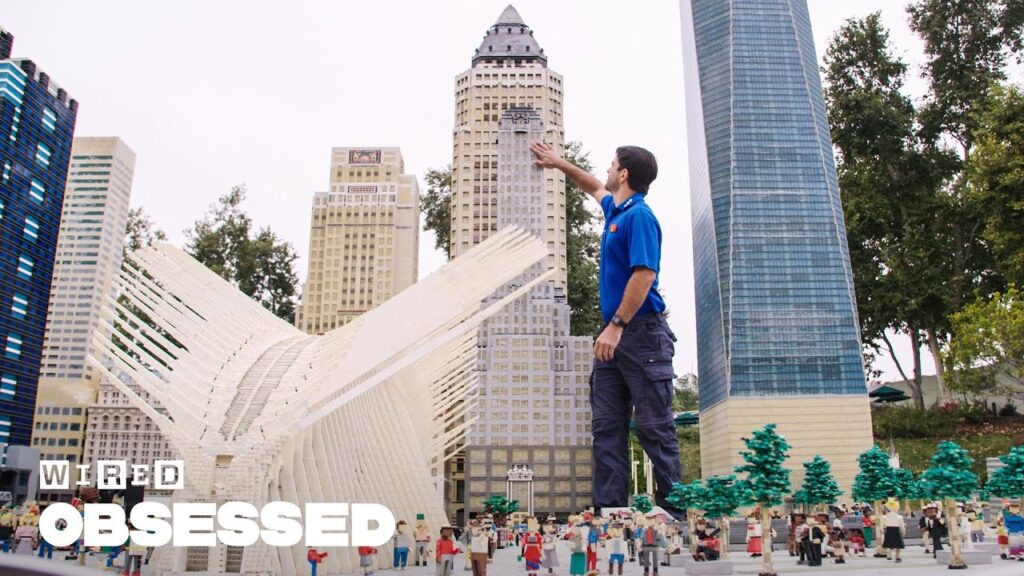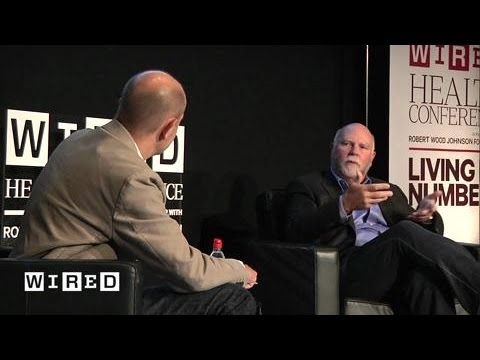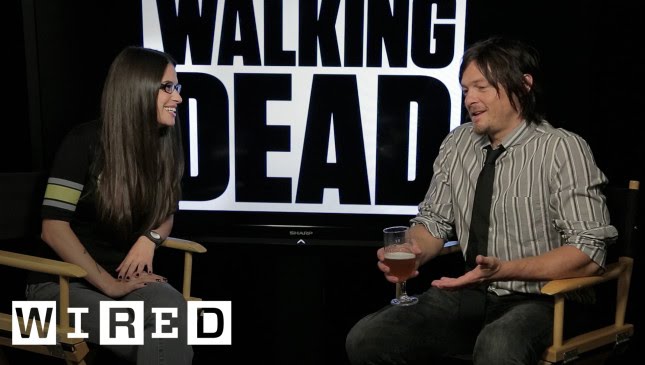Behind the Scenes: How Tatiana Maslany Takes on the Challenge of Playing Multiple Clones in Orphan Black
Summary
Tatiana Maslany’s role as Sarah, Cosima, Alison, and other clones in the television series Orphan Black is a remarkable accomplishment. In this article, we delve into the making of some complex sequences and explore how Maslany, in collaboration with her acting double Catherine and the visual effects (VFX) team at Intelligent Creatures, pulls off such an impressive feat. From the storyboarding phase to post-production, we’ll learn about the challenges the team faced and how they overcame them.
Table of Contents:
- Storyboarding and Walkthrough
- Collaborating with Tatiana and Other Actors
- Transitions between Clones
- Filming Complex Sequences
- Visual Effects Challenges
- Conclusion
Storyboarding and Walkthrough
Before shooting any scene, writers write a scene and it gets storyboarded mainly from overhead. Then, the director of photography (DOP) and the team have a walkthrough with the director to go over the framework. Only when they’ve worked that out do they bring in Tatiana and her acting double Catherine and other actors in the scene.
Collaborating with Tatiana and Other Actors
Tatiana works with her acting scene partner, Catherine Alexander, to produce some really complicated sequence. The actors then try to work out how to use the space within the rough constraints that the team has set up as a framework.
Transitions between Clones
When Tatiana is moving between roles, the changeover time is limited by hair and makeup. The transition between Sarah and her evil clone Rachel took over an hour because there was a lot happening in the sequence. Cosima to Helena takes about an hour and a half, whereas Sarah to Alison takes just 20 minutes.
Filming Complex Sequences
Each sequence of Orphan Black consists of some real clone on clone action, which is usually a VFX tour de force of some kind at the end of the show. In this past season, Intelligent Creatures did two and a half times as many effect shots as they did back in season one, some 750 shots. But it’s the season two final, the so-called clone dance party, that wins the award for the most number of man hour that required 5000 man-hours, approximately a team of 12 people for a month for just two minutes of screen time.
Visual Effects Challenges
In addition to the demanding acting performances of Tatiana, the Orphan Black production team faced several VFX challenges. For instance, there are no blue screens used in the series, so all VFX shots needed to be rotoscoped. Moreover, a whole lot of lights that they couldn’t move had to be used, and matching lighting was incredibly important between the Sarah and Rachel takes, so they had to remain stationary and be removed in post.
Conclusion
In conclusion, Orphan Black is a television series that pushes the limits of what’s possible for an actor and the VFX team. From storyboarding to post-production, there are many challenges that the team faces. However, thanks to the creativity, hard work, and collaboration of Tatiana, Catherine, and the VFX team at Intelligent Creatures, Orphan Black delivers some of the most compelling clone-on-clone action ever seen on TV.







